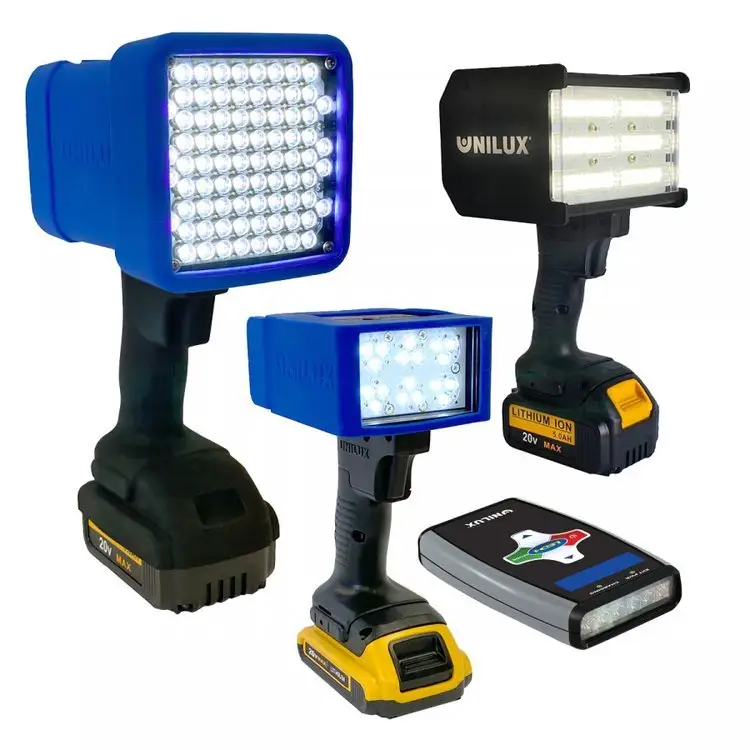荧光适配器用于环境中微塑料观察
微塑料,塑料纤维或尺寸约为毫米或更小的颗粒,在我们周围的中无处不在,特别是在海洋环境中。一些微塑料是主要的,故意制造得很小,以执行特定的功能,如洗面奶和化妆品,而另一些是次要的,由较大碎片的劣化产生。微塑料已在多种海洋生物体内检出,造成不同程度的毒性效应,但由于技术限制,关于海洋鱼类对小粒径微塑料摄入和排出过程的定量研究仍比较缺乏.
伴随人们生活节奏的加快,社会生活正向便利化、卫生化发展。为了顺应这种需求,一次性泡沫塑料饭盒、塑料袋、筷子、水杯等开始频繁地进入人们的日常生活。这些使用方便、价格低廉的包装材料的出现给人们的生活带来了诸多便利。但另一方面,这些包装材料在使用后往往被随手丢弃,造成极大环境危害。
许多小组现在正在使用体视显微镜的荧光适配器作为微塑料工作的工具。我们从查尔斯顿学院的一个使用该系统的团队那里了解到这个应用程序。菲尔·达斯坦博士和他的学生一直在研究各种各样的科目,包括海洋和陆地。许多感兴趣的颗粒发出荧光,并清晰地显示在样品中。他们甚至在鹰粪样本中发现了微塑料颗粒!

鹰的粪便在体视显微镜下的荧光
微塑料除了进入食品外,微塑料还可以掺入制成品中。使用荧光适配器在体视显微镜下看着纸巾和卫生纸,对发光斑点和纤维的数量感到惊讶。

白光照射纸巾在体视显微镜下观察

纸巾在450nm激发光源照射下发出荧光

白光照射卫生纸

卫生纸在在450nm激发光源照射下发出荧光
许多实验室开始使用450NM的蓝光激发光源来观察微塑料的荧光,这也是上面纸巾和卫生纸样品所显示的。他们后来添加了紫外线激发光源,以扩展其检测功能。许多合成纤维在紫外激发下具有强烈的蓝色荧光。根据我们迄今为止的经验,我们现在的建议是,对于颗粒(非纤维),是皇家蓝,以紫外线为备选。对于超细纤维来说,这是相反的 - 紫外线激发应该发现更多荧光。
上海峰志仪器有限公司现货供应LUYOR-3420UR体视显微镜荧光适配器(标配365nm和450nm),能够满足实验室利用体视显微镜观察各种微塑料的荧光。
Microplastics and Fluorescence
Microplastics, plastics fibers or particles on the order of millimeters or less in size, have become ubiquitous in the world around us, and especially in the marine environment. Some of the microplastics are primary, purposely manufactured to be small to perform specific functions such as in facial cleansers and cosmetics, while others are secondary, produced by deterioration of larger pieces. A Google search on ‘microplastics in the environment’ will point you to many good references.
A number of groups are now using the NIGHTSEA Stereo Microscope Fluorescence Adapter as a tool in their work with microplastics. We learned about this application from a team at the College of Charleston that used the system. Dr. Phil Dustan and his students have been examining a wide variety of subjects, both marine and terrestrial. Many of the particles of interest fluoresce and show up clearly in samples. They even found microplastic particles in a sample of eagle poop!
The Dustan lab started out using the Royal Blue excitation/emission set, and that is also what is shown for the paper towel and toilet paper samples. They later added the Ultraviolet set to expand their detection capabilities. Many synthetic fibers have a strong blue fluorescence under ultraviolet excitation. See our article on fibers collected by a washing machine discharge filter. Our recommendation now based on our experience to date is that for particles (non-fiber), the first choice would be Royal Blue, with Ultraviolet as the backup. For microfibers this is reversed – Ultraviolet should find more with Royal Blue as a powerful backup.








 添加微信咨询!
添加微信咨询!